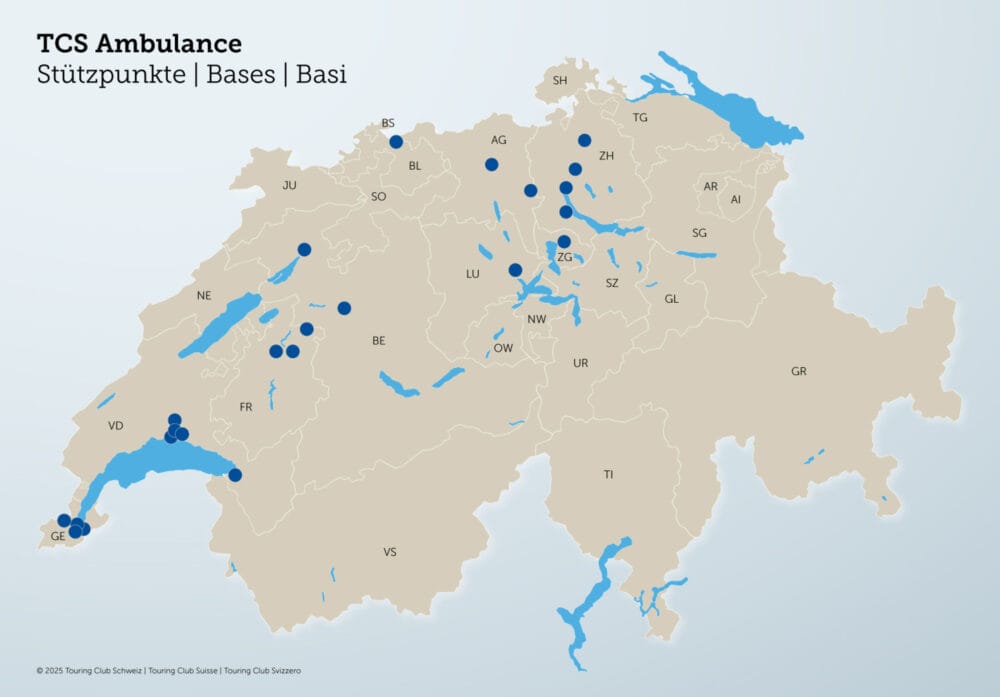Finally work undisturbed thanks to table traffic light
A desk traffic light developed in Zurich measures how intensively someone is working - and uses a traffic light system to show employees whether they are allowed to interrupt. This is intended to improve productivity and reduce stress.

With the "FlowLight", researchers have developed a table traffic light that is intended to save intensive workers from unnecessary disturbances. If measurements show that the user is currently very busy at the PC, the light switches from green to red. This is a "do not disturb" signal for colleagues. Tests at research company ABB have shown that this really helps and improves office culture.
Work undisturbed
Anyone who is working really intensively often loses the thread of the conversation, a lot of time and thus productivity due to an unintentional office chat. That's exactly what the FlowLight is designed to prevent. "The light is like displaying Skype status - it tells colleagues whether you're busy or have time to gossip," explains Thomas Fritz, a computer science professor at the University of British Columbia. However, users don't have to manually toggle the traffic light. After all, even that could disrupt the flow of work, just like getting up to close an office door or putting up a classic "do not disturb" sign.
The FlowLight, which Fritz already worked on during his time at the Zurich University measures mouse and keyboard usage as activity indicators in its simplest form. When a user peaks here in the top nine percent of their usual activity spectrum, the traffic light turns red, reports "New Scientist." In this way, it indicates to colleagues that they should not be disturbed. However, the length of the red phases per day is limited. According to Fritz, this is to prevent the traffic lights from increasing internal competitive pressure.
Intended as a real help
According to tests with around 450 employees at ABB, the approach really works. Participants have not only reported being disturbed less often. The office culture has also improved, as people better recognize the value of colleagues' time and better understand when they can be disruptive. Some employees have also seen the traffic light as an incentive to finish their work faster.
Meanwhile, Fritz and his Zurich team are working on an answer to whether it makes sense for the FlowLight to also use biometric activity indicators such as pulse, eye blinks or brain waves. To this end, the team is working with Canadian manufacturers of corresponding sensors. The researchers have already conducted initial tests at companies in Vancouver to determine whether such enhancements really do make the system better.
Text: Press release









